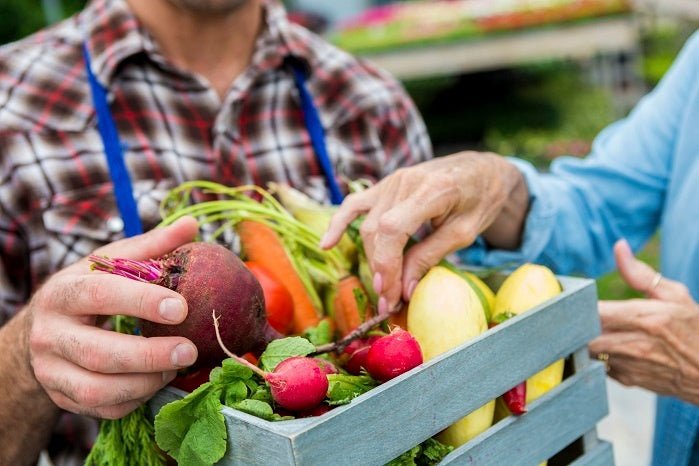
10 Organic Gardening Tips for September
September begins the real wind-down of the garden season. There is still much to do, but it’s also time to slow down, take stock of how the year went, and start thinking about next year!
n
Tags:
September begins the real wind-down of the garden season. There is still much to do, but it’s also time to slow down, take stock of how the year went, and start thinking about next year!
This list of organic gardening chores is loosely based on Zone 5. Check this map for your zone. Adjust for your zone or micro-climate.
1. Prepare for the First Frost
September is when we usually see the first frost late in the month. Keep your eye on the weather and overnight temperatures. If frost is forecast, cover tender plants, such as tomatoes, cucumbers, squash, beans, and basil. It doesn’t take much to damage or kill them. Row cover, frost cover, and low tunnels will protect your plants and extend the growing season in fall and spring. Here is some excellent information about season extenders from the Michigan State University Extension office.2. Finish Harvesting & Preserve Your Produce
The full-on August harvest will continue this month, and it can be a busy time! Make meals and freeze them, or dry, freeze, and can your fruits and vegetables to cook with later. If you plan to do a lot of freezing, consider a stand-alone freezer. Check this buying guide from Consumer Reports for help in finding what will suit your needs.3. Start Saving Seeds
Start saving seeds of vegetables, flowers, and herbs. Tomatoes are one of the easiest, and will give beginner seed savers confidence to try other plants. I learned how to properly save tomato seed from this Seed Savers Exchange webinar on Youtube. Watch it through once, then put it on again as you go through the process with your own tomatoes. Visit the Seed Savers Exchange website to learn about saving other varieties of seed.4. Divide Florals
Divide perennials, replant, and/or share with friends. Learn how to divide peonies with this video from Fine Gardening Magazine.5. Bring in Houseplants
Bring in houseplants that have summered on the patio. Check them for bugs and diseases so you don’t bring those in, too!6. Stop Fertilizing & Deadhead Roses
Stop fertilizing roses, and let them get ready to go dormant. Deadhead for continual flowering.7. Pull Weeds to Prevent Seeding
You have to see weeds from a new perspective now. Instead of them smothering your plants, they will be setting seed that will sprout next year. Weeding this month is weed prevention for next year! Do not compost them. Put them in the trash to get rid of the seeds. To learn more about organic weeding methods, view my full guide here.8. Plant New Trees & Shrubs
Fall is the best time to plant new trees and shrubs. They will have about two months to establish root systems before the ground freezes. Come spring, they will concentrate on growing and flowering, instead of putting out vital roots.9. Water Trees & Shrubs
Keep trees and shrubs well-watered until the ground freezes, so they are not stressed when they go dormant.10. Analyze Your Garden & Plan for Changes
Finally, take some time to walk around your yard and see what worked and what didn’t. Keep a garden journal with your notes and lots of photos. Or find a garden planning app, if you’re not old school pencil-and-paper person like I am! Things to notice and plan for are bare areas of the yard, privacy from neighbors or the road, the views from inside, and curb appeal. This includes hardscaping, such as decks, walkways, parking areas, fences, pergolas and walls. Record keeping throughout the year comes in handy when you want to make changes. More on garden planning as we get into late fall and winter!Would you like to be the first to hear about our new products and more? Sign up for our Nature’s Path Newsletter.

